They’re Not Just Being Naughty: 9 Dog Behaviors You’re Probably Misreading
Dogs speak a language all their own, but we humans often miss their true messages. When your furry friend acts in ways you find puzzling or frustrating, they’re actually trying to communicate something important.
Understanding what your dog is really saying can strengthen your bond and prevent unnecessary stress for both of you. Let’s explore nine common dog behaviors that are frequently misinterpreted.
1. The Tail Wag Tells More Than You Think
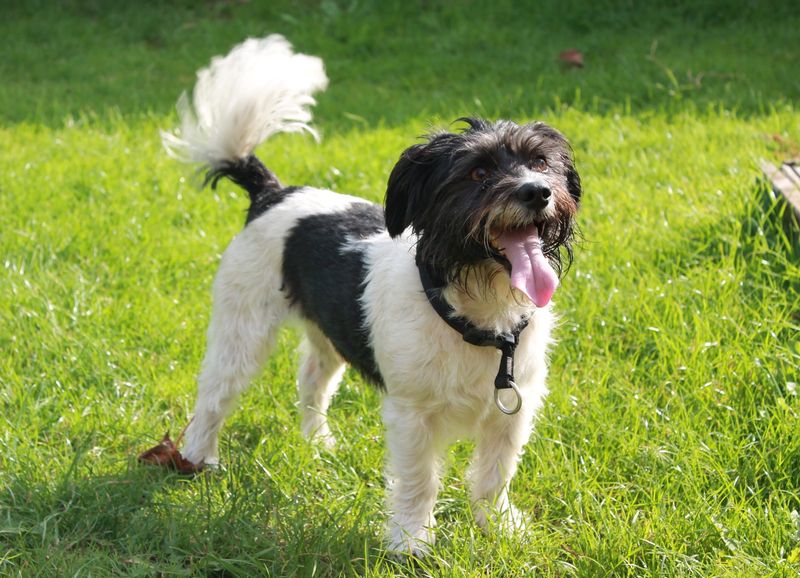
A wagging tail doesn’t always signal happiness. The position and speed of the wag actually communicate different emotions. A high, stiff wag might indicate alertness or even aggression, while a low, gentle wag typically shows submission or nervousness.
The direction matters too! Studies show dogs tend to wag more to the right when they’re happy to see something, and more to the left when they’re anxious or want to retreat.
Next time your pup wags, notice the full picture—their ears, eyes, body posture, and the context—to truly understand what they’re saying. This body language literacy helps you respond appropriately to their actual needs.
2. Yawning as a Stress Signal

When your dog yawns during training or in new environments, they’re probably not bored—they’re stressed!
Dog yawns often serve as calming signals when they feel uncomfortable or anxious. Watch for other stress indicators that might accompany yawning: lip licking, looking away, or a tense body. These subtle cues form a communication system your dog uses to show they need space or reassurance.
Recognizing these signals allows you to adjust the situation—maybe take a training break, move away from whatever’s causing anxiety, or simply give them a moment to decompress. Your understanding helps build trust between you both.
3. Direct Eye Contact Isn’t Always Affection
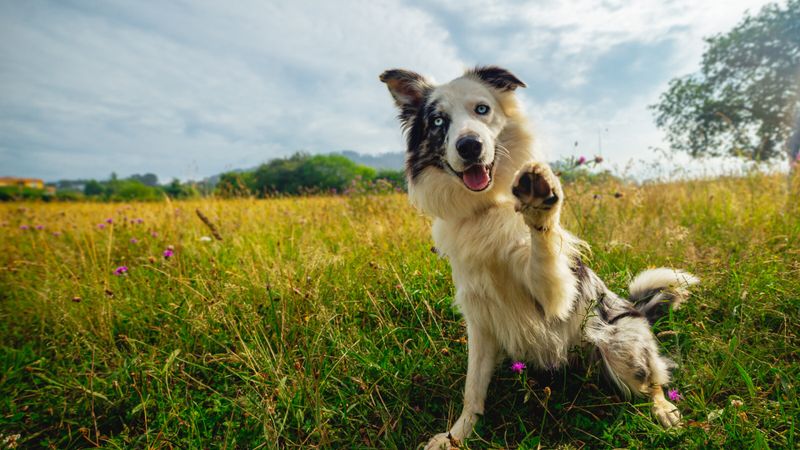
Many dog owners mistake intense eye contact as pure love, but in dog language, it’s much more complex. Prolonged staring is actually considered threatening in canine communication and can make your pet uncomfortable or defensive.
Dogs naturally avoid direct eye contact as a peace-keeping strategy. When your dog looks away during training or petting, they’re not being stubborn—they’re showing appropriate dog manners! The sweet, soft-eyed gaze your dog gives you sometimes? That’s the real affection signal.
It’s usually accompanied by a relaxed body and maybe a gentle tail wag. Learning these distinctions helps you respect your dog’s communication style.
4. Growling Is Valuable Communication
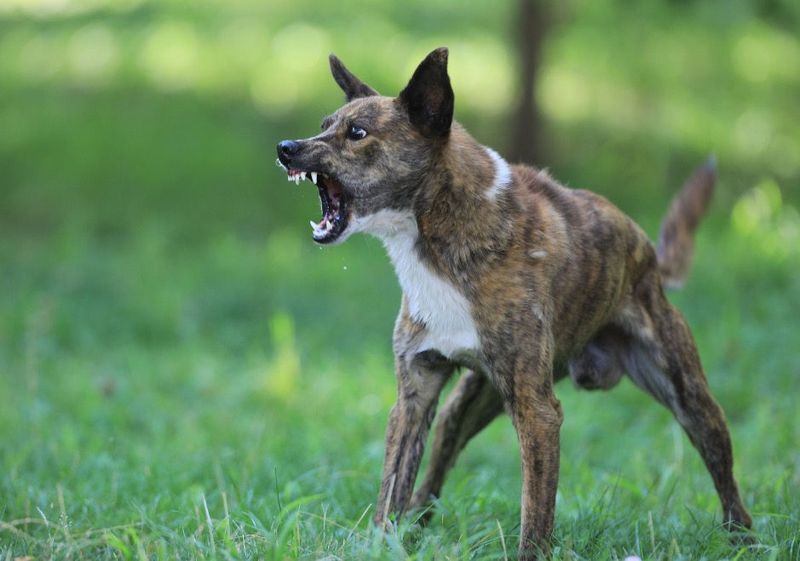
Many pet parents rush to punish growling, not realizing it’s actually a gift. Your dog is clearly telling you: “I’m uncomfortable with this situation.”
Punishing this warning system only teaches dogs to skip the warning and potentially go straight to snapping. Growling has many flavors—play growls sound different from warning growls. The context matters enormously. A dog growling during tug-of-war while relaxed is having fun; a dog growling while stiff and still is communicating distress.
When your dog growls, calmly remove them from the triggering situation and address the underlying cause. This respects their communication while keeping everyone safe.
5. The “Guilty Look” Myth

That hang-dog expression when you discover a chewed shoe isn’t guilt—it’s your pup responding to your angry tone and body language! Dogs live in the moment and don’t connect your current anger with something they did hours ago.
Research confirms this. In studies where owners were told their dog misbehaved (even when they hadn’t), dogs still showed the “guilty look” when scolded. They’re reacting to your emotions, not remembering past misdeeds. Instead of focusing on the “crime,” manage the environment to prevent unwanted behaviors.
Keep tempting items out of reach and provide appropriate chew toys. This approach builds trust rather than fear-based responses.
6. Licking Has Multiple Meanings
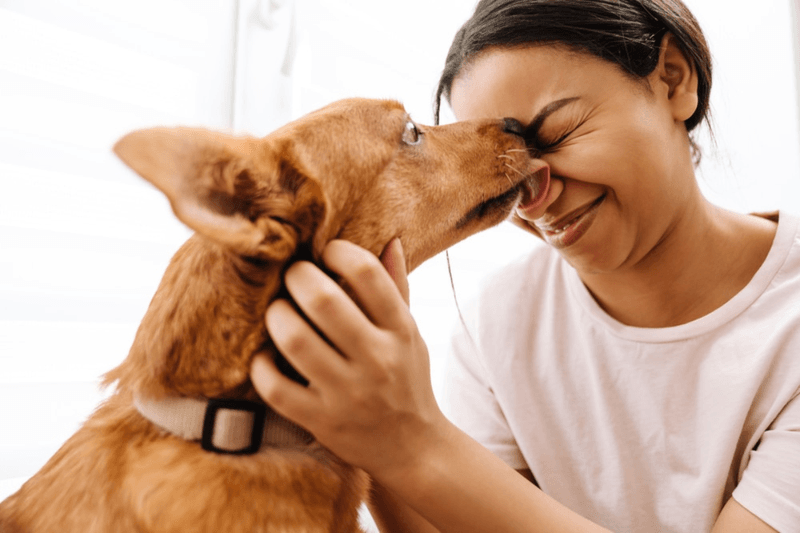
Your dog’s enthusiastic face-licking might seem like simple kisses, but canine licking serves many purposes beyond affection. In wild dog packs, subordinate members lick dominant ones as a sign of respect and acknowledgment of the social hierarchy.
Excessive licking can also indicate anxiety, an upset stomach, or even pain. Some dogs lick surfaces or themselves compulsively when stressed. Pay attention to the context and frequency of the behavior.
Sometimes licking is indeed about bonding and affection! But understanding the full spectrum of this behavior helps you respond appropriately—offering comfort when needed or gently redirecting compulsive licking that might indicate a deeper issue.
7. Avoiding Touch Isn’t Disobedience
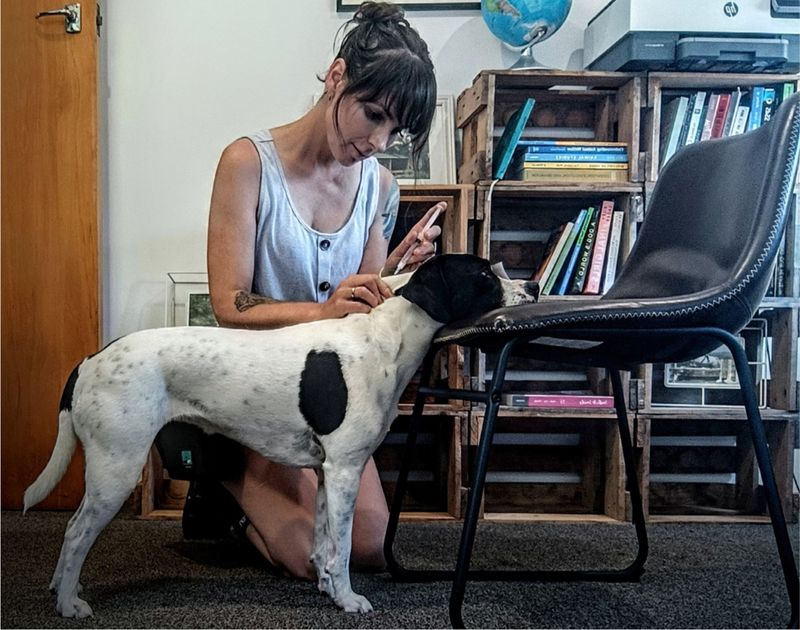
When your dog pulls away from petting or handling, they’re not being stubborn or disrespectful. Like humans, dogs have personal space preferences that deserve respect.
Some body areas might be sensitive or painful, especially around the paws, ears, or tail. Previous negative experiences with handling can create lasting wariness. A dog who’s had painful ear infections might always be head-shy. This isn’t defiance—it’s self-protection. Building positive associations through gentle, consent-based handling helps tremendously.
Let your dog approach you, use treats during handling, and always respect when they’ve had enough. This patient approach creates a dog who enjoys interaction rather than enduring it.
8. Play Biting Versus Aggression
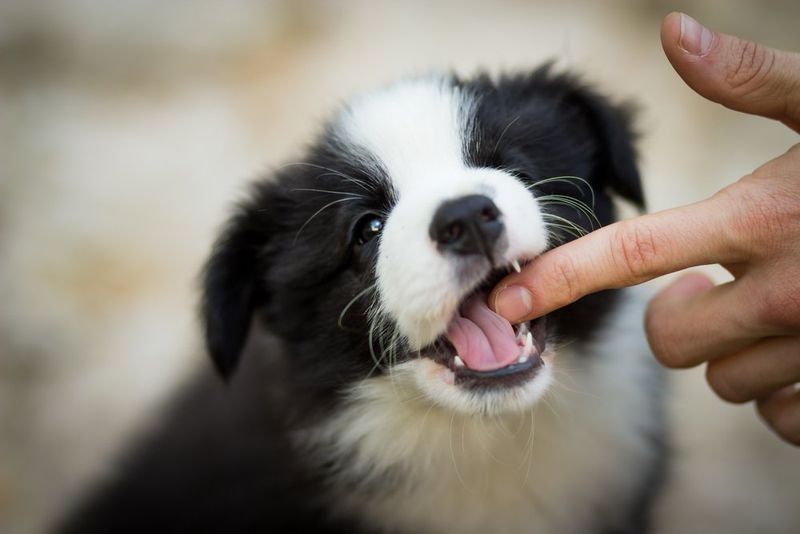
Puppies explore their world mouth-first, and play biting is a normal developmental stage. The bouncy body language, play bows, and relaxed facial expressions that accompany play biting distinguish it from true aggression.
Truly aggressive biting involves a stiff body, raised hackles, and intense staring. The context makes all the difference—a puppy mouthing during play is learning bite inhibition, while a dog biting when cornered is defensive. Rather than punishing play biting, redirect it to appropriate toys and teach gentle mouth control.
Brief timeouts when play gets too rough help puppies learn boundaries. This approach acknowledges normal development while setting clear limits for acceptable interaction.
9. Human Words, Canine Understanding

Dogs don’t naturally understand English, Spanish, or any human language. They learn to associate specific sounds (like “sit”) with actions and outcomes through consistent repetition and rewards—not because they comprehend grammar or vocabulary.
Your tone of voice and body language communicate far more to your dog than your actual words. This explains why your dog might follow commands at home but seem “stubborn” in distracting environments—they haven’t fully generalized the learning. Keeping commands consistent, using clear hand signals, and practicing in various locations helps dogs truly understand what you want.
Remember that dogs live in a world of sights, smells, and body language—their primary communication system isn’t verbal.






